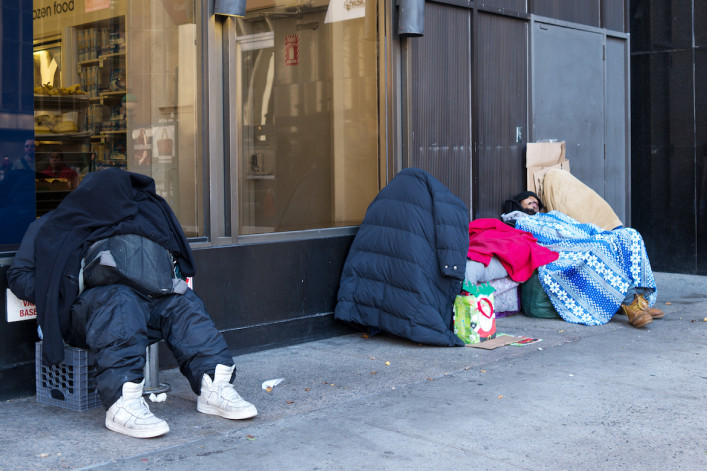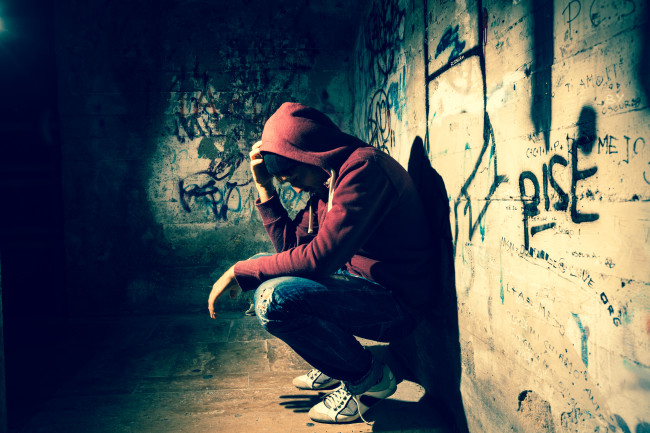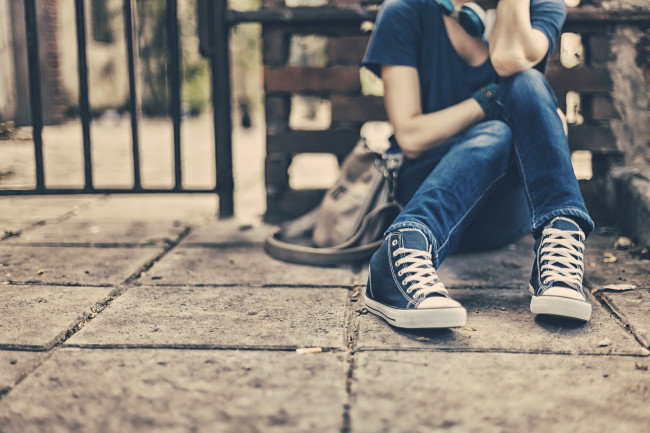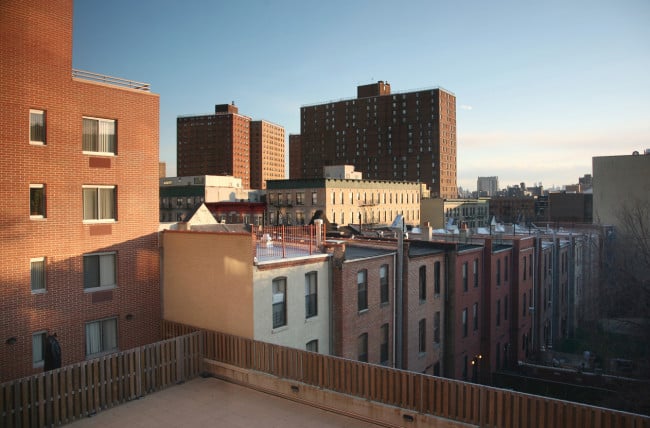The number of NYC homeless sleeping outside is rising, but the news is more dire in other cities

Though homeless encampments in New York City jumped 11 percent this year, the rise is not as large as seen in other U.S. cities.
iStock
Homelessness has long been a struggle for New York City, but new data shows that while homeless encampments have increased here since last year, the rise is not as large as seen in other major U.S. cities.
RealtyHop broke down the Department of Housing and Urban Development’s recent Annual Homeless Assessment Report to Congress and discovered that 5,120 homeless encampments were reported in New York City between October 2017 and September 2018, a year-over-year increase of 11 percent. Comparatively, Dallas saw an 82 percent rise, while San Francisco and Los Angeles rose 75 percent and 51 percent, respectively.
According to the report, the Midtown-Midtown East neighborhood has the largest number of homeless encampments, with 402 reported as of Oct. 31. That number is 201 fewer than was reported in the neighborhood in 2017.
With 260, the West Village ranked second with the most-reported homeless encampments in Manhattan. However, the neighborhood also saw a drop as 15 more were reported last year.
In Brooklyn, Stuyvesant Heights homeless encampments rose to 130 reported this year, from 56 in 2017, and the number of encampments increased in East Williamsburg, Dumbo-Vinegar Hill-Downtown Brooklyn-Boerum Hill, and Prospect Heights, data shows.
This new homeless encampment data comes days after WNYC reported the city is not keeping pace with Mayor Bill de Blasio’s plan to open 90 homeless shelters within a five-year period. Originally announced in February 2017, the opening rate would be about 20 per year. To date, just 17 of the 30-plus that should have opened by now are in operation.
Another de Blasio initiative aimed at tackling the city’s homeless situation would preserve and create 300,000 affordable housing units over the course of 10 years, with 5 percent designated for the city’s homeless population.
You Might Also Like



























